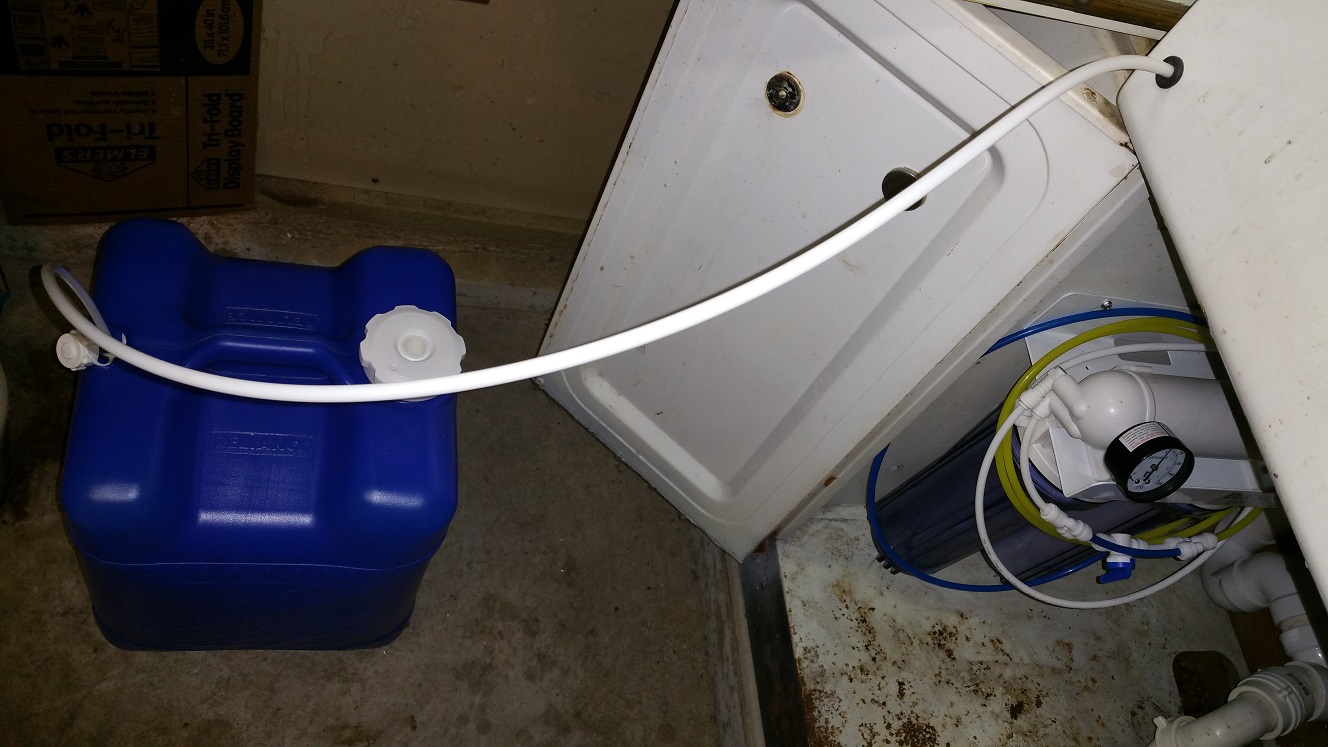prosperbrews
Well-Known Member
- Joined
- Feb 16, 2018
- Messages
- 67
- Reaction score
- 20
I highly doubt it was deleted, or if it was, that it was done with malice aforethought. There are all sorts of "my equipment has gone bad" posts here on HBT, and they're not deleted. It's part of people trying to decide if an equipment choice is reasonable, and if there are rust issues I'd think we'd all like to know about it.
Sometimes I write a reply, forget to finish it, pop into a different tab to do something else, and forget to actually click the "post reply" button. Is that possible?
Meanwhile, we've had a series of posts about this, and they haven't been deleted.
Actually, it most definitely was deleted and there was also one reply to my post which was also Deleted. I even got the email notification when someone replied to the post which had the reply documented in the email.
See attached - Metzen replied and noted his sprayer had also rusted.
Nonetheless, my sprayer was only used a few times so hoping we can all find an acceptable replacement part.
Attachments
Last edited:

















































![Craft A Brew - Safale BE-256 Yeast - Fermentis - Belgian Ale Dry Yeast - For Belgian & Strong Ales - Ingredients for Home Brewing - Beer Making Supplies - [3 Pack]](https://m.media-amazon.com/images/I/51bcKEwQmWL._SL500_.jpg)








